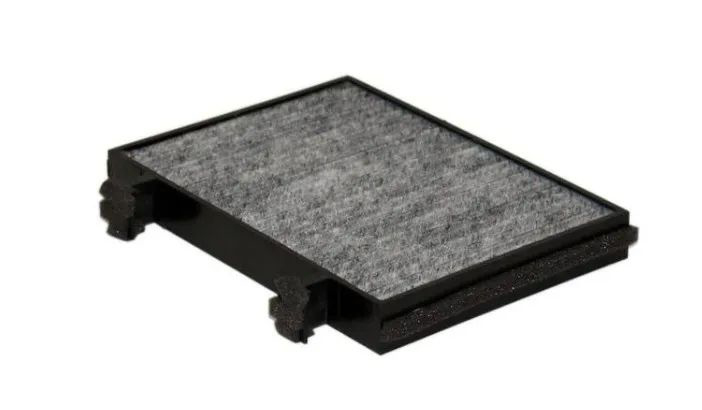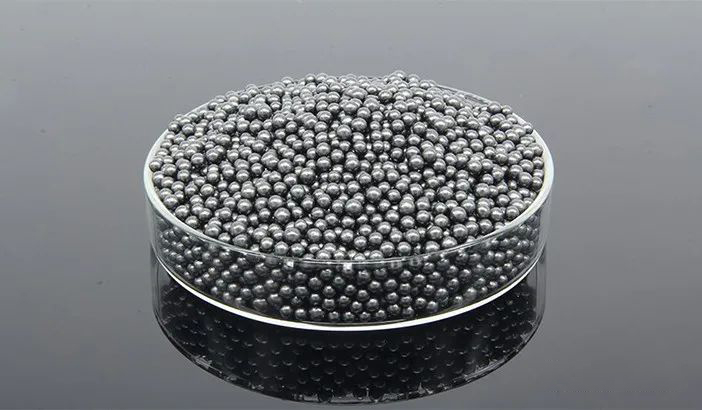
In previous years, the function of air cabin filter element was only to filter impurities and dust, protect the evaporator and absorb peculiar smell during the period. Interestingly, at that time, most car owners thought that prolonging the cycle of replacing the air-cabin filter element and air filter could reduce the cost of using the car. A sentence often heard in 4S stores or repair shops is – you help me blow with an air gun and I’ll replace it next time. However, as more and more new materials are applied to the automotive field, the environmental problems in the vehicle are paid more and more attention.
It should be noted that for the air cabin filter element, HEPA filter element is only effective in filtering small particles, such as PM2 5。 However, this kind of filter element has no obvious effect on peculiar smell and harmful gas. Therefore, it needs to be mixed with other filter materials.
Non woven fabric

Non woven fabrics are widely used in our daily life, such as masks, diapers, home furnishings and clothing. However, when it is used as the filter layer of the air cabin filter element, it can only filter dust, gravel, catkins, etc. more than 5 μ M particles have no obvious effect on harmful gases and peculiar smell. The price of non-woven fabric filter is relatively cheap, but it is not recommended to use in the face of the current complex environment.
BAMBOO FIBER

Bamboo fiber is a natural fiber made of cellulose extracted from bamboo. It is mostly used in clothing, Mats and other household products. As the main filter layer of filter element, it is not very popular, and the market penetration rate of bamboo fiber air conditioning filter element is not high. In terms of internal structure, its filtration principle and effect are similar to those of non-woven fabrics. However, because the unique bamboo Kun in bamboo fiber has the functions of bacteriostasis, mite prevention, odor prevention and insect prevention, the treatment of odor by using bamboo fiber as air cabin filter element is slightly stronger than that of non-woven fabric.
ACTIVATED CARBON

Activated carbon filter element is the most common air cabin filter element in the market. Active carbon filter element accounts for a large proportion in both the original factory and the aftermarket. Due to the internal voids generated during the conversion of organic materials into activated carbon, these voids are the filter layer for adsorbing gas. When activated carbon should be used in the air cabin filter element, it can adsorb harmful gases in the vehicle, but the process is relatively long.
COLD CATALYST

As a derivative of photocatalyst, cold catalyst is a new type of air purification material. Note that the word “purification” is used here. When formaldehyde, toluene and TVOC in the air are above 5 ℃ and 40% humidity, the cold catalyst can effectively promote them to react with oxygen in the air and complete the purification. As the cold catalyst is a kind of catalytic oxidant, it does not react directly with the above harmful gases, so its effect is more lasting.
At this stage, most of the cold catalyst filter elements use HEPA filter paper. In fact, this combination is very suitable for North and South car owners, whether dealing with PM2 5 is still harmful gas, and the performance of the cold catalyst filter element will not be too bad. However, due to the modeling problem of the cold catalyst, the ventilation will be affected.
NANO MINERAL CRYSTAL

Nano mineral crystal is also a newly emerging air purification material, but it is not widely used in air conditioning filter elements. At present, only several emerging air conditioning filter elements on the network are used. The reason is nothing more than the cost factor. Nano mineral crystals are formed through the reasonable configuration of non-metallic natural minerals. Their internal pores are several times that of activated carbon, and they are nano-sized, which has a miraculous effect on adsorbing nano-sized harmful gas molecules.
Nano mineral crystals can be desorbed above 45 ℃, that is, the reverse process of adsorption. So that the material can be reused. Of course, the activated carbon mentioned above can also be desorbed under specific conditions, but the conditions are relatively harsh. The nano mineral crystal filter element only needs to be exposed to the sun.
HYMANP
I believe this name will be very strange to you. It is a new face in the field of household purifier and air cabin filter element. In fact, hymanp can be directly understood as a kind of composite modified ceramic particles, whose shape is similar to the nano mineral crystals mentioned above, and the filtration principle is also to produce oxidation catalytic reaction with harmful gases in the air, so as to purify the air.
In short, the selection of air-cabin filter element and when to replace the air-cabin filter element must be determined according to the local use environment.


